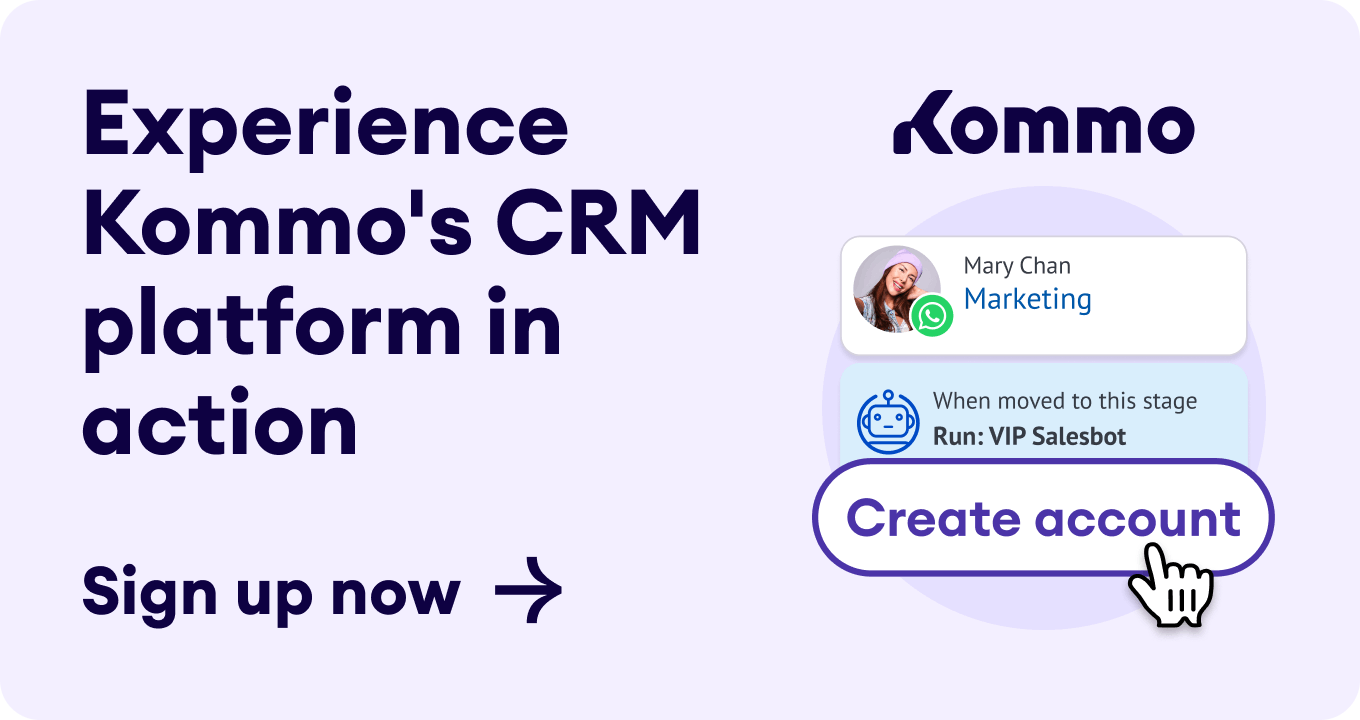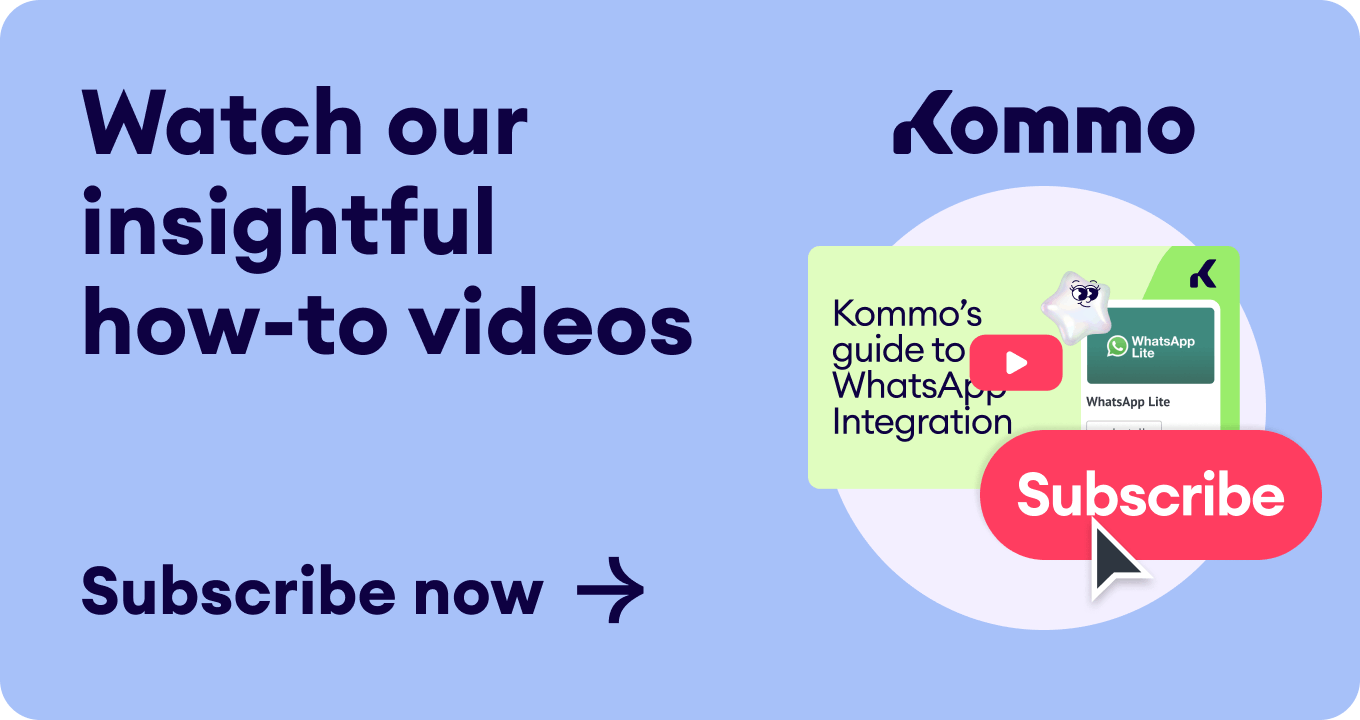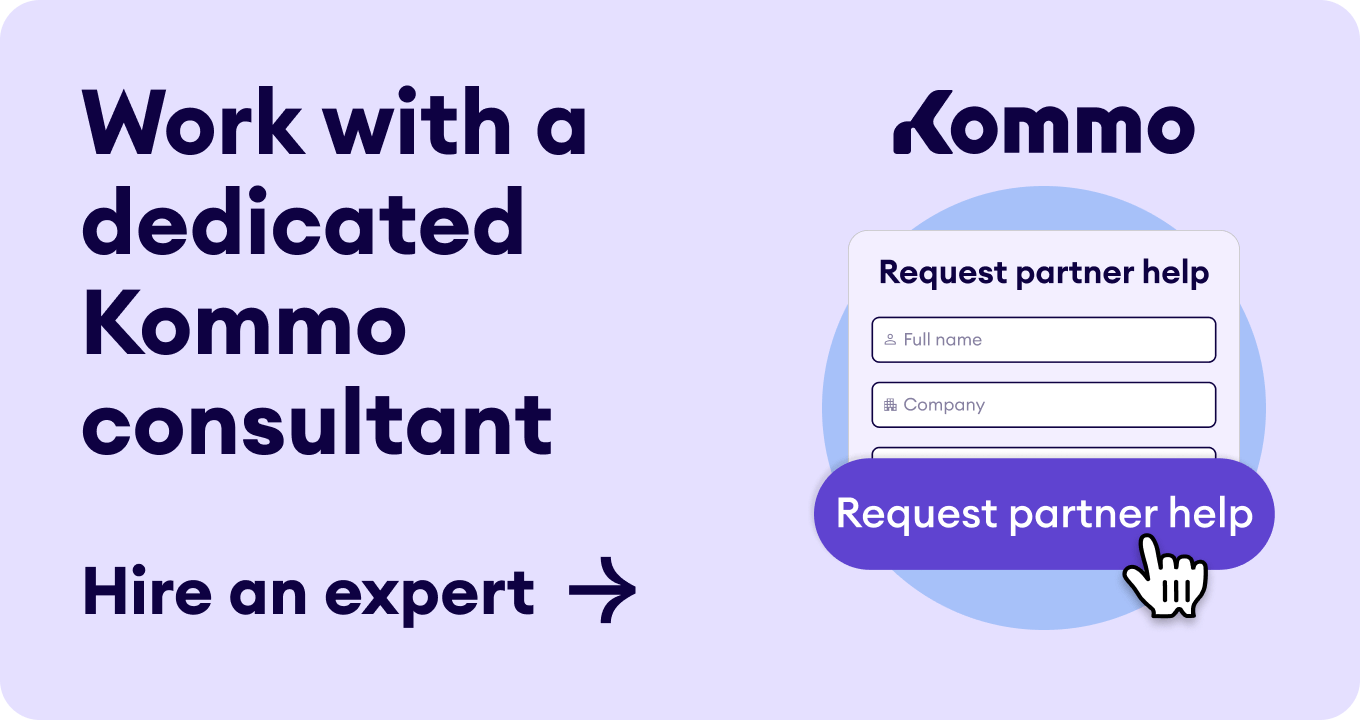Kommo & Callbell: A quick comparison
Swipe
>>>Kommo vs. Callbell: What’s the difference?
1. Mobile app features
an intuitive mobile CRM contact sync caller ID business card scanner smart notifications
2. Intuitive analytics
3. Sales pipeline
Kommo vs Callbell: Integrations
Swipe
>>>Kommo vs Callbell: Pricing
Swipe
>>>Kommo vs. Callbell: Entry-level plans comparison
Swipe
>>>Kommo vs Callbell: Features
Similarity #1: Chatbot
Welcome messages. Closing messages. Offline chat messages – this message notifies the user that no one is active at a specific time and can include instructions on what to do next. at a specific time and can include instructions on what to do next. Assign a conversation to a team or user. In the Enterprise plan, Callbell’s chatbot is AI-empowered by ChatGPT. Its primary function is to assist with quick responses through a feature called “ZapReply,” which offers helpful suggestions directly within the chat interface to respond to customer inquiries.
Answer frequently asked questions. Troubleshoot common problems. Nurture clients through sales cycle. Send rich messages on multiple messengers. Gather lead’s contacts. Auto-assign leads's questions to the right team member. Validate information. Generate documents. Perform workflow actions.
Similarity #2: Multichannel inbox
Similarity #3: Broadcasting
Kommo vs. Callbell: Ease of use
Kommo vs Callbell: Customer support
Kommo provides support through various channels such as phone, LiveChat, email, web form, and media. In contrast, Callbell primarily responds through social media, email, and web form.
Swipe
>>>Kommo vs Callbell: Customer review
Choosing between Kommo and Callbell
Swipe
>>>Small business vs. enterprise
Swipe
>>>Email & messenger marketing
The ability to segment and personalize email campaigns. Email parsing, is a valuable tool that can help you automate creating leads based on emails you receive. Campaign automation. A/B testing of email campaigns. Detailed analytics of campaign results.
Supports over 10 popular messengers, including WhatsApp, Telegram, Facebook Messenger, Instagram, WeChat, and others. Tools for creating and automating messenger campaigns. Tracking the results of messenger campaigns.


















